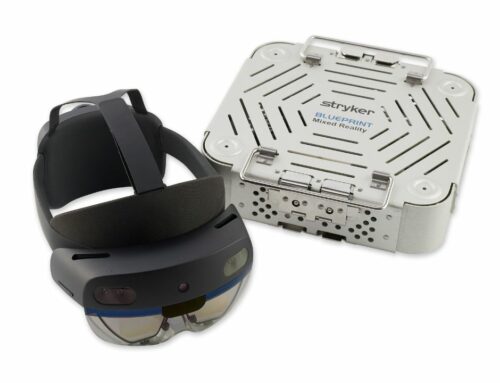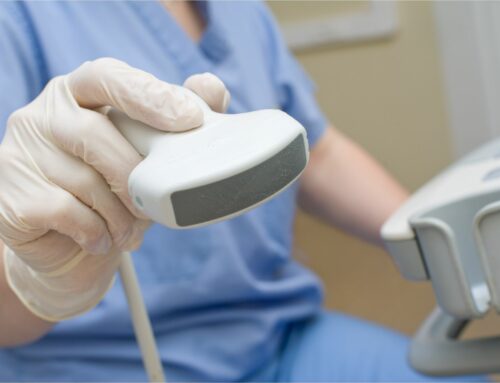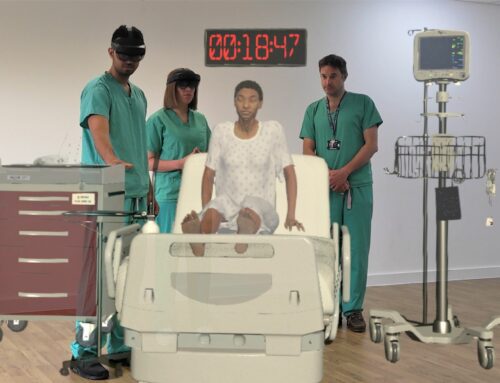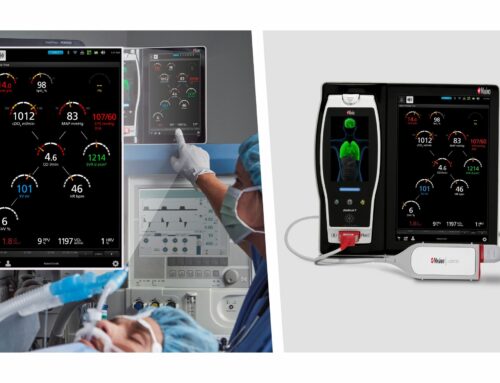American College of Emergency Physicians, the COVID-19 Healthcare Coalition, University of Minnesota, vendors, and clinicians develop emergency department protocol in 10 weeks
Because COVID-19 is a novel virus, there were no evidence-based guidelines to inform diagnosis or treatment in the early days of the pandemic. A national workgroup partnered to build the first evidence-based clinical care guideline that helps emergency physicians determine when to admit or discharge COVID-19 patients and provide the appropriate level of care.
Leaders on the project included the American College of Emergency Physicians (ACEP), the COVID-19 Healthcare Coalition Digital Guidelines Working Group, and health information technology vendors including Apervita and EvidenceCare. The workgroup deployed agile knowledge engineering techniques to build the COVID-19 Severity Classification Tool, which uses HL7’s Computable Practice Guidelines on Fast Healthcare Interoperability Resources (FHIR). All healthcare professionals can download the PDF version of the guideline from ACEP’s website here.
Physicians, healthcare systems, clinical informaticists and technology vendors across the United States relied on digital data tools and FHIR standards to create the first-of-its-kind computable practice guideline. It is an early example of the Learning Health System (LHS), which harvests real-world data with digital tools and allows clinical experts to quickly evaluate and update digital guidance quickly as more information about a healthcare condition emerges.
Clinical Practice Guidelines (CPGs) distill current medical evidence into at-a-glance flow charts that advise clinicians on current best practices to treat patients with a particular condition. Typically, guidelines take years to create, as specialists retrospectively review large volumes of research to develop them and reach consensus. Given the speed at which the COVID-19 pandemic spread and the volume of patients seeking care at emergency departments, the healthcare system needed to develop new methods to create treatment guidelines.
“Out of urgent necessity, the pandemic proved how emerging computable guideline development processes can work,” said Blackford Middleton, MD, MPH, MSc, Apervita Chief Informatics and Innovation Officer. “This is the realization of the Learning Health System that is oft-discussed among clinical quality advocates and informaticists in theory but has been slow to emerge in practice. Agile knowledge engineering led to rapid learning iterations, based upon a lot of rapid learning in a continuous feedback loop. Technology provided a boost to accelerate guideline processes that historically can take up to 17 years.”
This new guideline development method includes the same clinical rigor as traditional guidelines do. It also takes advantage of data frameworks to get information assembled and guidelines finished, published and disseminated to frontline workers at overwhelmed hospitals. In some cases, the guideline was embedded in their electronic medical records, where digital dashboards display test results and other clinical parameters to give more detailed guidance for admitting or discharging COVID-19 patients.
Using agile knowledge engineering, clinical informaticists on the project can quickly create new guidelines for emerging COVID-19 strains if called upon. The National Institutes of Health recently announced up to $1.5 billion in research funding to investigate the long-term recovery some COVID-19 patients experience, part of which involves similarly using real-world data to develop clinical decision support technologies for effective treatment.
Currently, The COVID-19 Severity Classification Tool is used at Veterans Administration Medical Centers, among other hospitals and hospital systems. M Health Fairview, including University of Minnesota Masonic Children’s Hospital, has employed this approach to digital CPGs to enable a rapid-cycle LHS for Anticoagulation best practices for hospitalized COVID patients.
“A global pandemic requires clinicians and informaticists working together to quickly determine what the evidence says and push guidance to the front lines quickly as that evidence emerges,” said Christopher Tignanelli, MD, MS, an assistant professor of surgery at the University of Minnesota Medical School and critical care surgeon with M Health Fairview, as well as Affiliate Faculty for its Institute for Health Informatics. “We have the data, we have the technology, we have the clinical expertise.”
Creating the seven-step COVID-19 triage process required experts to agree upon a framework for required data from health systems. In order to return evidence findings to clinicians, it also required a rapid review process by leading emergency physicians practicing across the country.
“Clear and concise steps to triage COVID-19 patients enable emergency physicians to provide the best possible care during this pandemic, which is still ongoing,” said Sandy Schneider, MD, FACEP, ACEP’s Associate Executive Director of Clinical Affairs. “This tool will help emergency physicians determine the most appropriate care for patients quickly and safely in a rapidly changing clinical environment.”
“If there’s one silver lining to this pandemic, it’s been our ability to come together and deploy tools to help clinicians take better care of their patients as quickly as possible,” said Brian Fengler, MD, Chief Medical Officer for EvidenceCare. “Initiatives that would have taken years just to kick off under normal circumstances came together in weeks. With the evidence on COVID-19 evolving daily, this has been essential during this pandemic.”
“I have engaged the COVID-19 Healthcare Coalition and The Fight is in Us to address the pandemic’s pressing needs,” said John Halamka, MD, president of the Mayo Clinic Platform. “Both represent examples of how private and public-private collaborations across the healthcare and technology industries can leverage individual strengths to accomplish a shared goal of saving lives. A better understanding and deployment of new evidence-based treatment knowledge is central to that shared vision.”
More detail on the making of these guidelines and the potential for future guidelines developed with this agile knowledge engineering process will be discussed in detail during the eHealth Initiative’s “The Case for a Learning Health System: Lessons from COVID” webinar on Thursday, March 11 at 1 p.m. ET.
About Apervita
Apervita is the trusted healthcare collaboration platform for quality measurement, clinical intelligence and value optimization. We empower payers and providers and other stakeholders to more efficiently and effectively measure clinical and financial performance, improve clinical quality and administer and run analytics on value-based contracts. By providing an independent, secure, trusted platform to perform shared analyses, Apervita uniquely allows stakeholders to gain mutual, continuous clinical and financial insights and integrate those insights in various systems and workflows simultaneously and at scale. Serving more than one in two hospitals in the United States and several nationally recognized health plans, Apervita conducts more than 10 billion value-based computations and insights for our clients every year. The company is headquartered in Chicago.












